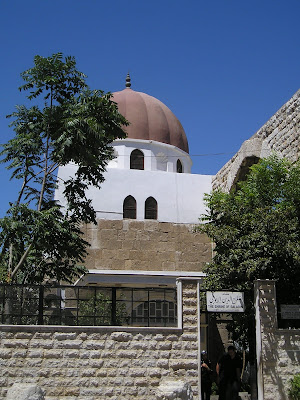Mehmed II The Conqueror (Sultan Of Great Ottoman Empire)

Sultan Muhammad Fateh Mehmed II (Ottoman Turkish: محمد ثانى, romanized: Meḥmed-i sānī; Turkish: II. Mehmed, pronounced [icinˈdʒi ˈmehmed]; 30 March 1432 – 3 May 1481), commonly known as Mehmed the Conqueror (Ottoman Turkish: ابو الفتح, romanized: Ebū'l-Fetḥ, lit. 'The Father of Conquest'; Turkish: Fatih Sultan Mehmed), was an Ottoman sultan who ruled from August 1444 to September 1446, and then later from February 1451 to May 1481. In Mehmed II's first reign, he defeated the crusade led by John Hunyadi after the Hungarian incursions into his country broke the conditions of the truce Peace of Szeged. When Mehmed II ascended the throne again in 1451 he strengthened the Ottoman navy and made preparations to attack Constantinople. At the age of 21, he conquered Constantinople (modern-day Istanbul) and brought an end to the Byzantine Empire. After the conquest Mehmed claimed the title "Caesar" of the Roman Empire (Qayser-i Rûm), based on the fact that Constanti...




